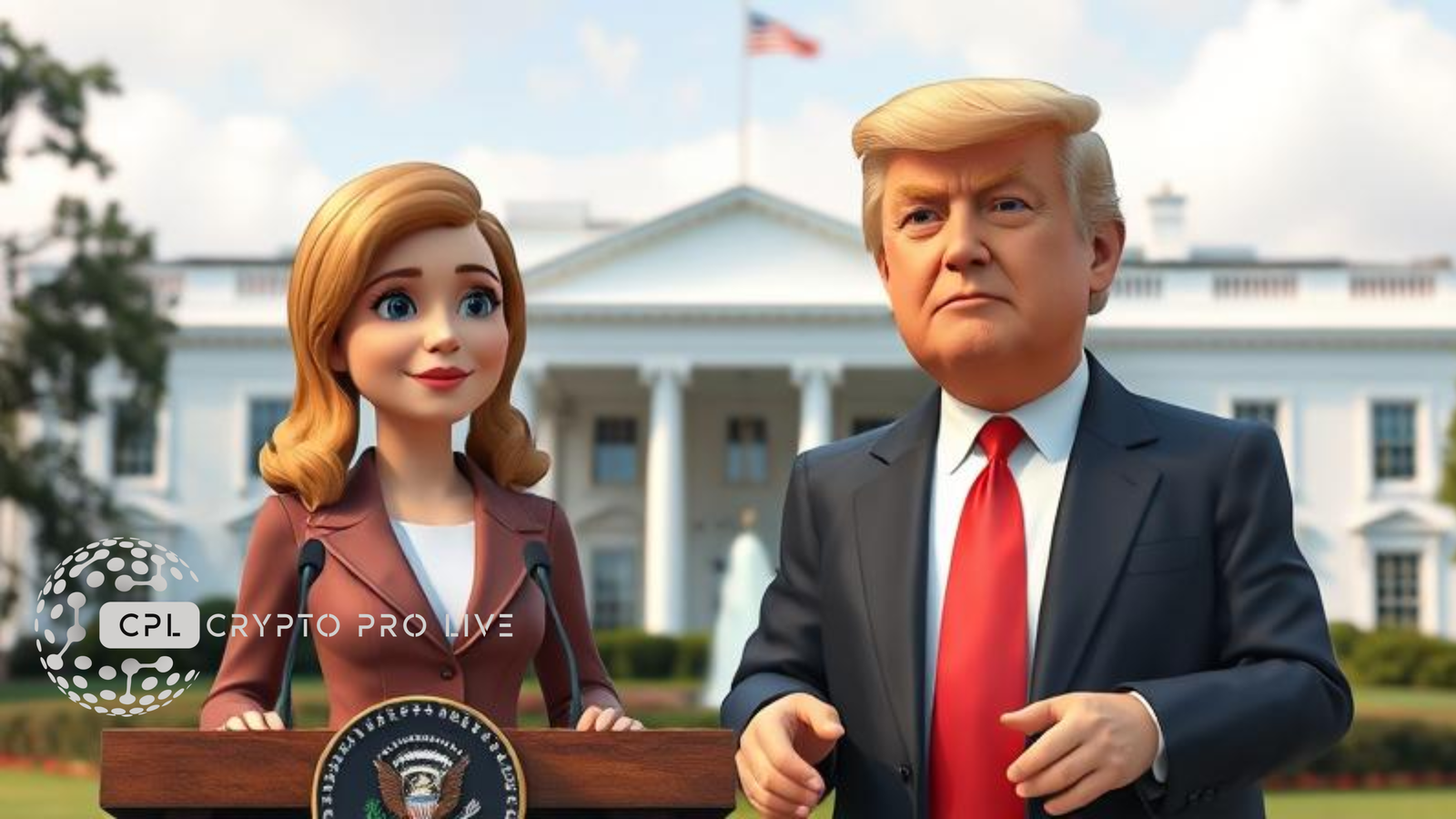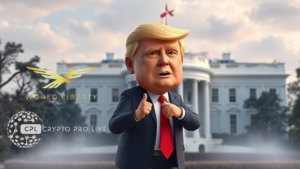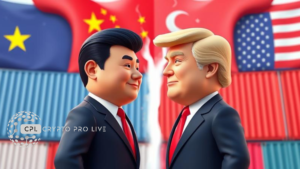In a surprising geopolitical twist, up to 70 countries have reportedly approached former President Donald Trump to negotiate trade terms following the “Liberation Day” announcement. As reported by Scott Bessent, these nations are eager to re-engage diplomatically and economically over tariffs that have long shaped global trade. But beyond politics, this shift could have a seismic impact on the cryptocurrency markets, potentially altering investor behavior, trading strategies, and even regulations.
Below, we explore how this unprecedented diplomatic move intersects with the evolving world of crypto in 2025.
Global Trade Shifts = Crypto Opportunity
The global financial system is watching closely. When 70 nations move toward negotiating tariffs, it’s more than just a diplomatic reshuffle—it’s a restructuring of international capital flow. For crypto investors, this can mean more volatility but also more liquidity, especially as countries re-evaluate how to diversify reserves and payment systems.
Blockchain technology has already positioned itself as a neutral layer for cross-border finance. If trust in fiat-based trade agreements wavers, cryptocurrencies like Bitcoin, Ethereum, and stablecoins could become safer hedging assets. This could drive increased adoption across emerging markets where trade uncertainties are most felt.
Bitcoin & Altcoins: Reacting to Trade Negotiations
Historically, Bitcoin has responded sharply to macroeconomic events. The mere anticipation of the tariff re-negotiations has already stirred speculative sentiment, with BTC fluctuating alongside global market indexes.
As 70 countries realign their economic priorities, expect a ripple effect across:
- Bitcoin (BTC) – Seen as a hedge against fiat instability.
- Ethereum (ETH) – Could benefit from new use cases in decentralized trade contracts.
- Polygon (MATIC) & Solana (SOL) – With their Layer 2 scalability, these networks are prime for international remittance tools and DeFi applications.
Furthermore, DeFi platforms may attract institutional interest from countries seeking decentralized financial exposure during uncertain trade talks.
The Rise of Tokenized Trade and Digital Currencies
In tandem with tariff re-evaluations, there’s a boom in real-world asset tokenization. Countries may explore using stablecoins or CBDCs (Central Bank Digital Currencies) for bilateral trade, cutting dependence on USD settlements.
Projects like:
- MakerDAO (DAI) – Known for decentralized stablecoin systems.
- Ripple (XRP) – Designed for frictionless cross-border payments.
- Chainlink (LINK) – Connecting on-chain data with off-chain trade agreements.
…are all poised to gain traction as traditional finance meets decentralized innovation.
Even AI-powered trading bots are adapting, using machine learning to track tariff-related headlines and adjust crypto portfolios in real-time.
The Future of Crypto in a Multi-Polar World
What’s unfolding is more than just economic realignment—it’s a move toward a multi-polar financial system, where blockchain and digital assets will play a pivotal role.
With Trump potentially reasserting influence and 70 nations knocking on the door, crypto will likely benefit from increasing distrust in centralized systems and an accelerated move to borderless finance.
Institutional capital is already flowing into this space, with ETFs gaining traction, and governments investing in blockchain-based infrastructure to safeguard against future tariff wars.
Crypto Is No Longer Just a Hedge—It’s a Strategy
As Scott Bessent put it, Trump is “better than anyone at giving himself maximum leverage.” That leverage, now extending globally, will shape not just trade agreements, but the financial technologies nations use to manage them. In this new era, crypto isn’t just a speculative asset—it’s becoming a core part of international strategy.
Whether you’re an investor, a startup, or a policymaker—keep your eyes on both trade tables and token charts. Because in 2025, the two have never been more interconnected.

















